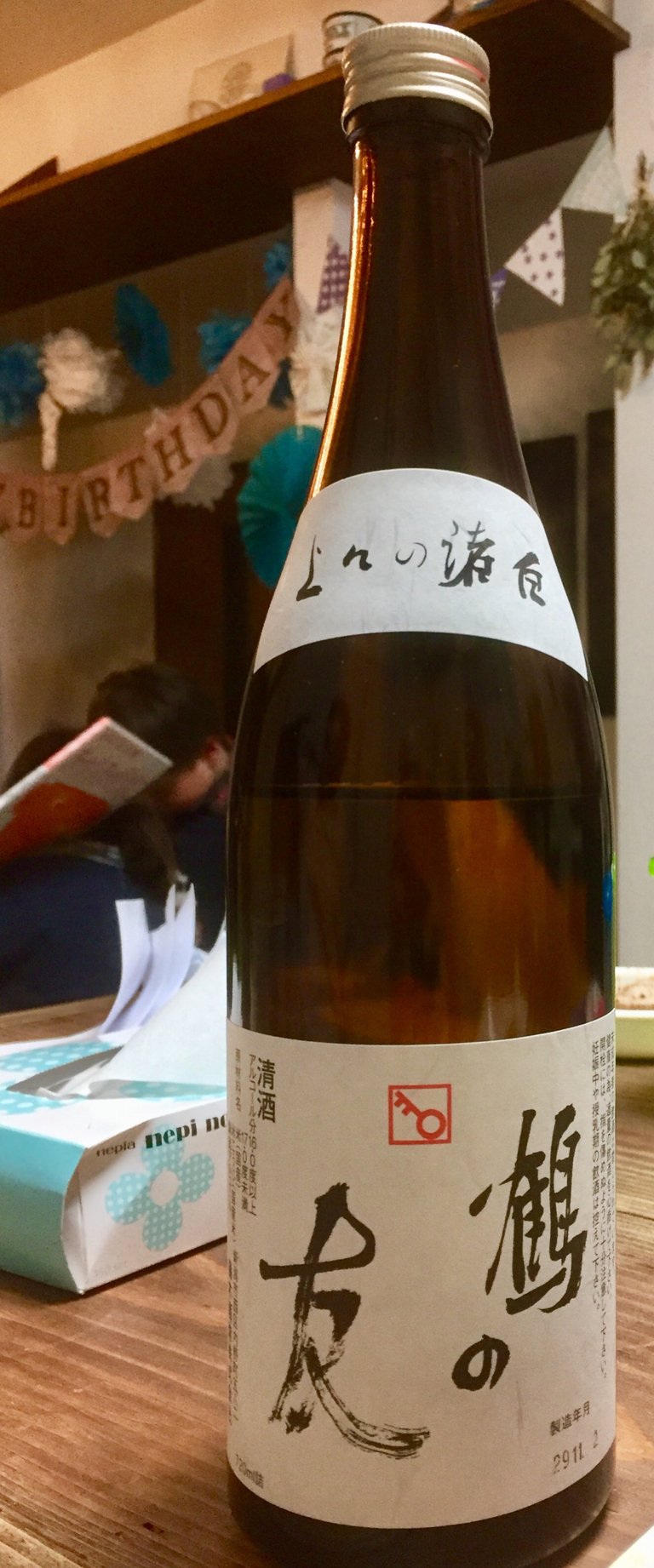Picture Shiritori
Shiritori is a Japanese word game where one player says a word and the following player has to say a word that begins with the last letter of the previous word.
For example, if player one says, Dinner, The last letter of that word is R, so the following player must say a word like, Rainbow or Rabbit.
Today’s Words Are
Pasta

Hamburger

Sake

To play, take a picture of something that, when written, begins with the letters A, R, or E. Then make a post that features your picture/pictures and leave a link to your post in the comments below.
A Red Elephant
This elephant doesn’t look too happy. Is this your picture?
No - I must admit that even though I have 35 000 pictures and photos I've never done one of an elephant - so that is some clipart
Here is a red dog
Well, dog doesn’t begin with A, E, or R, but that’s a neat picture. Thanks for sharing.
どれも美味しそうですね!新潟に鶴が付いた名前の友人が住んでいます。そんなこともあって、鶴のイメージがあります。新潟は。
全部美味しかったです。鶴が付いている名前は珍しくない?そういう名前は聞いたことがない気がします。僕は新潟を考えれば鶴よりもトキや白鳥のイメージがあります。
そうですね!確かに珍しいですね。千鶴という名前なんです。私もその友人と出会っていなければ、トキや白鳥の方ががイメージが強かったかもしれません。
確かに、良く考えれば田んぼの中で鶴がいつもいます。全国それはそうかどうかわからないのてすけど。
えっ、そうなのですか!私は、もしかしたら鶴を写真でしか見たことがないかもしれません。鶴が見れるのは新潟の良いところな気がしてきました。
Bro Humburger look different than other But still make me hungry. Can you tell me which kind of humburger this is?
It’s a hamburger paddy with a mushroom sauce. It was good.
It is really a fun game, thank you...here is my entry..
https://steemit.com/scn/@sweetcha/shiritori-game-let-s-have-some-fun
In Bangladesh, we also play this type of game. But we sing a song with the last word. It is really a nice game to play when you are on your way. Thank you for reminding it.
Bengali is written with an abugida, a type of alphabet where consonants are independent letters and vowel sounds are usually written as diacritics (consonant modifiers)

[ko, ka, ki etc.: The consonant ক (kô) along with the diacritic form of the vowels অ, আ, ই, ঈ, উ, ঊ, ঋ, এ, ঐ, ও and ঔ; CC--BY-SA Nirvik12]
The Bengali writing system is similar to the Japanese kana system. In hiragana, for example, it is impossible to write "k" alone. "k" is always combined with the following vowel to form a different symbol:
か ka, き ki, く /kɯ/, け ke, こ ko
Thus, as I understand it, both Bengali and Japanese words usually end in open syllables rather than single consonants. The next word in the Japanese game starts with the same syllable as the previous word.
This comment has been edited, expanded and reposted separately on my blog to inform a wider readership:
https://steemitstage.com/language/@wentong-syhhae/similarity-between-bengali-alphabet-and-japanese-kana
Yes, this is what I was hinting at, and is a very nice explanation. Really, all words end in a phonetic sound of some kind and I think it could be said that all words end in a syllable, so Phonetic sounds and syllables don’t adequately describe what you have explained above.
Essentially, I wanted to say that, when playing shiritori in Japanese, one doesn’t encounter the problems that the silent “E” of chocolate or the “Y” of thirsty present when playing shiritori in English. I also wanted to say that I suspect these problems are avoided in the Bengali language as well.
Thanks for the compliment. I have expanded this comment into a separate post on my blog:
https://steemitstage.com/language/@wentong-syhhae/similarity-between-bengali-alphabet-and-japanese-kana
That sounds like fun. In Japanese, the end of the word is a phonetic sound, so it works differently than it does in English. The Japanese version is probably more similar to the one you play.
Yeah Because these are Asian countries. So they probably have similar concepts.
This has nothing to do with "Asian concepts".
Bengali is an Indo-Aryan language distantly related to English, but Japanese belongs to a completely different language family.
The only similarity between Bengali and Japanese are the syllabic writing systems.
Thank you for your well-written information @wentong-syhhae
The Bengali alphabet seems very interesting. I have made a separate post:
https://steemitstage.com/language/@wentong-syhhae/similarity-between-bengali-alphabet-and-japanese-kana
Your country's recent history is so sad, but I admire your literature, especially Tagore's poetry. I wonder if there are many westerners who study Bengali.
I think @boxcarblue means "the end of the word is a syllable (kana)"
Clarification needed:
"take a picture of something ..." implies a single photo
"a post that features your pictures" implies more than one photo
(Sorry, my English teacher reflexes kicking in)
So which is it? One, two or three?
Sorry, I will write “a post that features your picture(s)” next time to be more specific. That way, if people just to only use one picture, they will know that is okay. Or, if they choose to use two or three pictures, they will know that is okay as well.
I’m not very particular. I imagine some people will make a post corresponding to one of the letters mentioned above and others will make a post that has pictures pertaining to each of the three letters featured above.
Oops! I may have waited a bit too long to assemble ingredients. Has the deadline for entry submission passed?